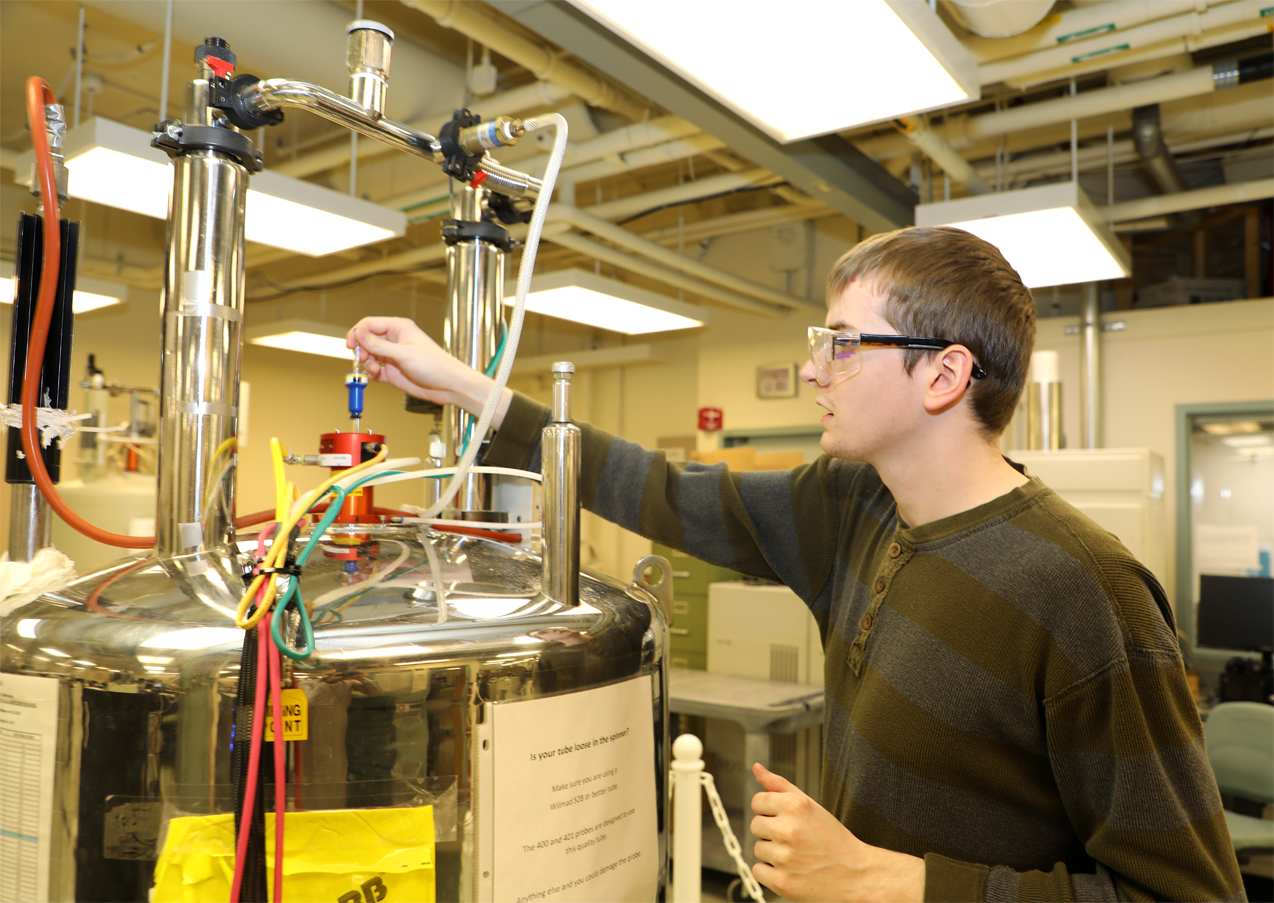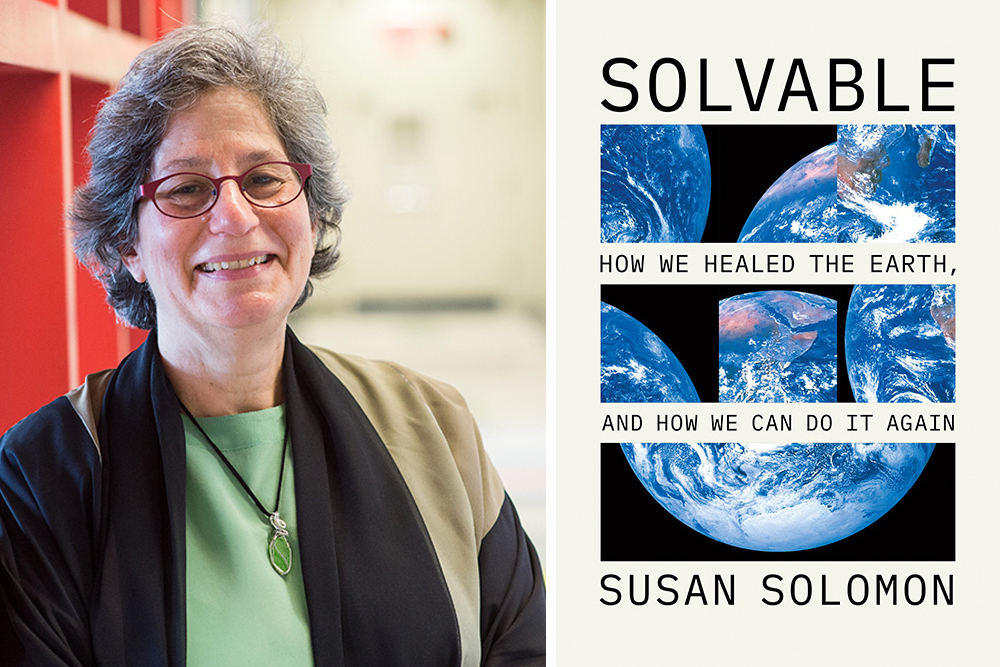Equipped for the future
Revitalizing chemistry’s core instrumentation facility
As the Department Head for MIT Chemistry, I understand the critical need for tools that can keep pace with the research activity of our top-ranking chemistry department in the United States.
Strategically located in the heart of the campus, the Department of Chemistry Instrumentation Facility provides more than 500 members of the MIT community and beyond with critical characterization and analysis of chemical samples. This core facility provides our users with analytical instruments that would be prohibitively expensive for individual research groups to acquire or maintain.
However, several DCIF instruments have remained operational longer than their expected lifetimes. By the time an instrument is 12 to 15 years old, that instrument will be several model generations out-of-date. At present, the facility has four major instruments that are nearly 20 years old. The most recently acquired Nuclear Magnetic Resonance (NMR) spectrometer was purchased just before I arrived as a junior faculty member in 1999.
NMR spectroscopy is crucial to allow both the non-destructive testing and quantitative study of molecules in solution, such as biological fluids. This technique also complements other structural and analytical techniques such as X-ray, crystallography, and mass spectrometry for both life science and material research applications.
With advanced instrument age comes increased rates of failure. Researchers encounter the vexing problem of preparing precious samples that require immediate analysis, only to find that the analytical instrument they wish to use is down because another aged component has failed.
Our 600 MHz NMR instrument has a malfunctioning and outdated frequency synthesizer that requires repairs twice a year with parts that are virtually impossible to find. The system has a cryoprobe that ceased to function two years ago and our replacement probe Broadband Observe replacement probe only provides one-sixth the sensitivity of the original machine.
We increasingly rely on our in-house staff to keep our instruments like the NMR (600) functional because replacement parts for legacy systems aren’t available from the original manufacturer. In addition, instrumentation vendors often do not have field service engineers trained to repair instruments more than two generations old. Though our three full-time staff members provide excellent service, their time could be better spent in training and assisting users with their analysis rather than replacing yet another aged component on a failing machine.
The solution is to replace these aging instruments as they become outdated with new instruments.
New instruments are more sophisticated with capabilities not available with older instruments. They fail less often and so realize a higher scientific throughput as well as a lower likelihood of experiment failure, especially important for precious, short-lived, and unstable chemical species. Moreover, we want to provide our students and postdoctoral fellows with the equipment they are likely to encounter once they leave MIT for other prestigious research institutes and cutting-edge industries.
MIT Provost Martin Schmidt and Michael Sipser, Dean of MIT School of Science, have recognized the critical need for new and reliable instrumentation for our researchers. But the price tag for replacing so many outdated instruments is significant at nearly $3 million.
The Provost and our Dean have committed to matching all donor gifts to the DCIF fund up to $2 million. I have been charged with the task of raising an additional $1 million to complete the revitalization project.
Liz McGrath, our senior individual giving officer, and I are extremely grateful to Judith E. Selwyn, PhD ’71 and her husband Lee L. Selwyn, PhD ’69 who kick-started our fundraising efforts with a lead gift of $100,000. Judy, who received her doctorate in chemistry, is a member of the Department of Chemistry Visiting Committee. Other committee members generously collectively contributed $60,500, which the department matched. With donations received to date, we have (at time of press) $508,000 remaining to raise by December 31, 2017.
With your help, we can provide our community with the tools necessary to maintain our strong record of achievement within MIT and the broader scientific community, pioneering advances in chemical research and incorporating these advances into our educational mission.





